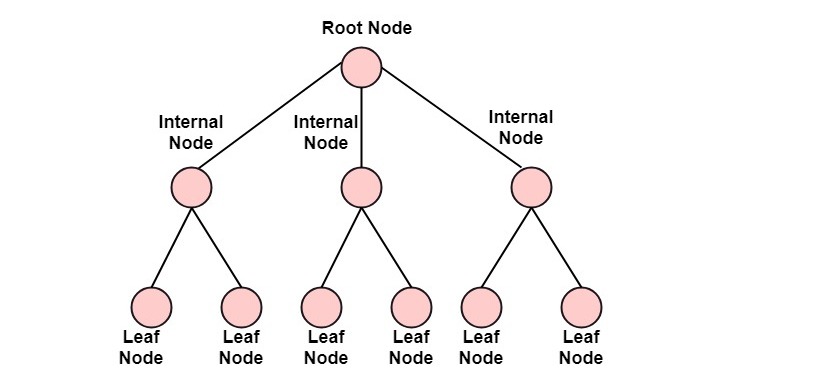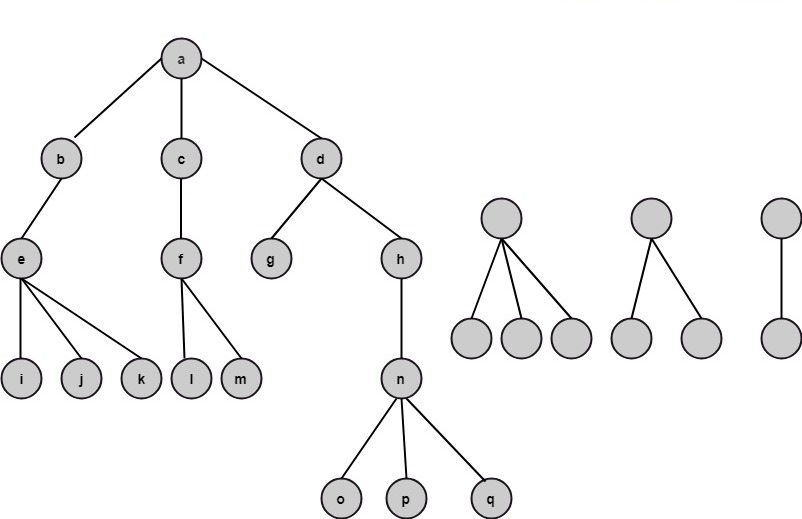General TreesA graph which has no cycle is called an acyclic graph. A tree is an acyclic graph or graph having no cycles. A tree or general trees is defined as a non-empty finite set of elements called vertices or nodes having the property that each node can have minimum degree 1 and maximum degree n. It can be partitioned into n+1 disjoint subsets such that the first subset contains the root of the tree and remaining n subsets includes the elements of the n subtree. 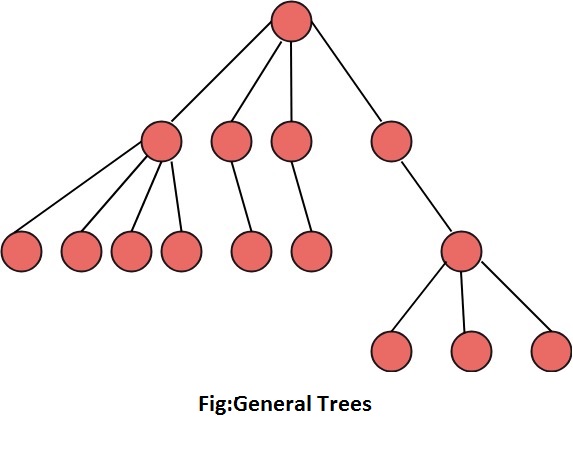
Directed Trees:A directed tree is an acyclic directed graph. It has one node with indegree 1, while all other nodes have indegree 1 as shown in fig: 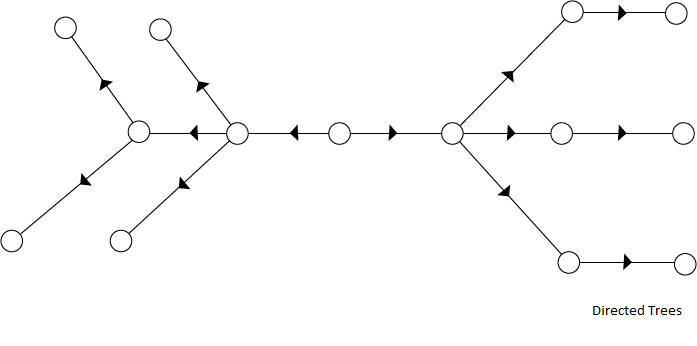
The node which has outdegree 0 is called an external node or a terminal node or a leaf. The nodes which have outdegree greater than or equal to one are called internal node. 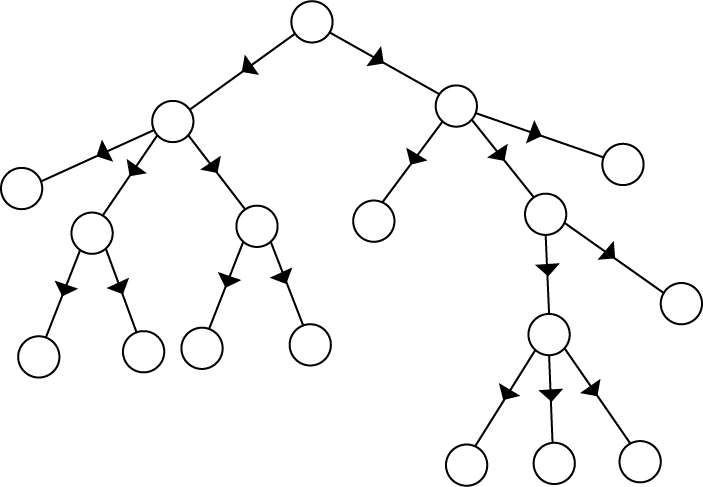
Ordered Trees:If in a tree at each level, an ordering is defined, then such a tree is called an ordered tree. Example: The trees shown in the figures represent the same tree but have different orders. 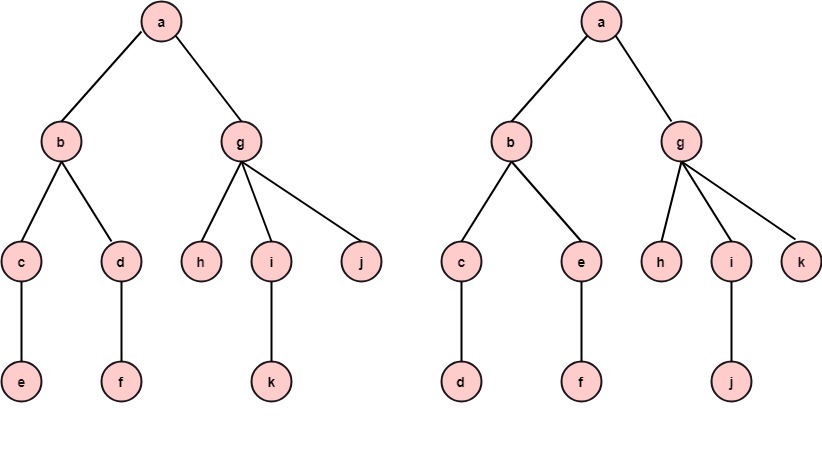
Properties of Trees:
Rooted Trees:If a directed tree has exactly one node or vertex called root whose incoming degrees is 0 and all other vertices have incoming degree one, then the tree is called rooted tree. Note: 1. A tree with no nodes is a rooted tree (the empty tree)
|
 For Videos Join Our Youtube Channel: Join Now
For Videos Join Our Youtube Channel: Join Now
Feedback
- Send your Feedback to [email protected]
Help Others, Please Share





